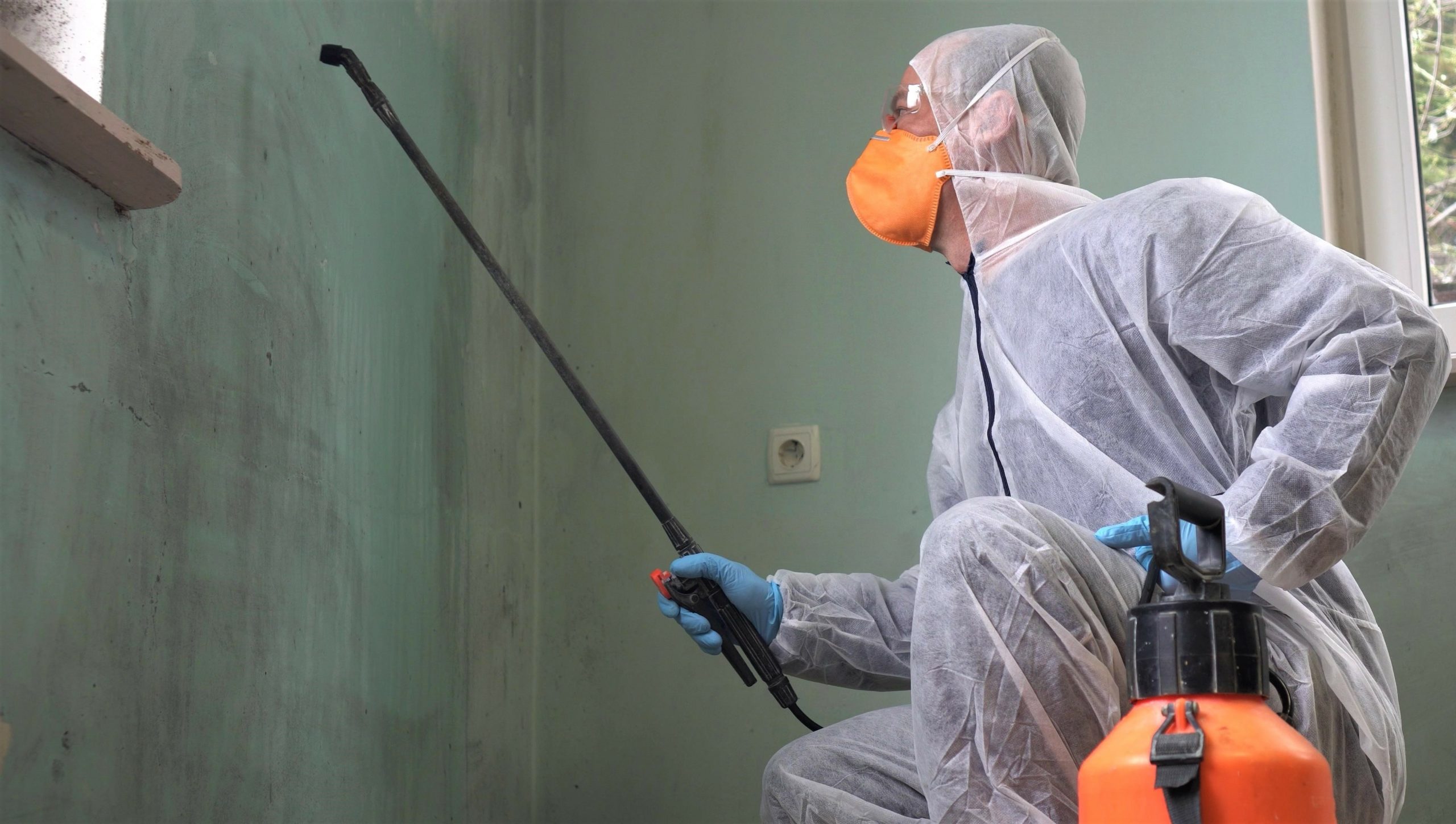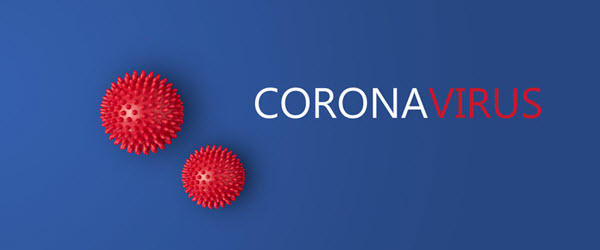Practical pointers for your cleaning customers during the long, hot, humid days of summer
A neighbor of mine came back from a 10-day vacation to discover she had left a load of laundry in her washer before she’d gone. The clothes were so severely mildewed they were damaged beyond repair. She had to throw them away. She and I managed to get the washing machine sanitized. It is finally without that mildew smell when you stick your head in the drum, and all clothes come out smelling fresh again. Maybe like her, you could use some summer cleaning tips.
Mold and Mildew
Mold and mildew are the names for the thousands of types of fungi that break down organic matter. They flourish in damp environments and can grow on virtually any surface if moisture is present. Not only does it look bad, but it is also destructive. Mold and mildew can produce allergens and gasses known as volatile organic compounds (VOCs) which cause a musty odor. Symptoms from exposure to mold allergens and VOCs include runny nose, cough, congestion, and asthma, as well as irritation of eyes, nose, and throat. Some mold, such as black mold, can be toxic and dangerous for people with lung problems and infants with developing lungs.
Moisture control and ventilation are essential for preventing mold. As soon as you see mold on a surface, clean it immediately before it has time to spread. The surest way to remove mold is with a solution of one-part chlorine bleach to ten-parts water. Be sure to wear rubber gloves and have plenty of sponges or clean cloths ready. Apply chlorine bleach solution to the mold with a soaked sponge or cloth, let it sit for 15 minutes, and then rinse. Thoroughly dry the surface. Throw any sponges or towels you used away, so you don’t spread the mold spores. If mold remains, you might need to call in an expert.
To prevent mold, wipe surfaces in kitchens and bathrooms regularly with a detergent solution to remove dirt and oils which attract mold and mildew. If mold reappears quickly or spreads to an adjacent area, you may have a leak that needs repair. Keep air conditioner, humidifier, and refrigerator drip pans clean and keep drain lines unclogged. Never put away wet clothes or shoes, and as my neighbor would advise, don’t leave damp laundry in your washer or dryer for extended periods of time. Always check your washing machine and dryer for damp clothes before you leave on vacation.
Stainless Steel
I have noticed since school has been out that my stainless steel microwave and refrigerator—the two appliances that see the most action from my kids—look rather grisly due to a nasty mess of streaks, stains, and fingerprints. Definitely in need of a good summer cleaning.
Stainless steel is made of an alloy of steel, chromium, and nickel. It does not rust, corrode, or tarnish. Stainless steel with a smooth finish shows more fingerprints and watermarks than stainless steel with a brushed finish.
Use a damp microfiber cloth with a drop of mild dishwashing liquid to clean your stainless steel. When cleaning stainless steel appliances, always wipe in the same direction as the grain. Water stains can be treated with a commercial stainless steel spray. Dry thoroughly with a clean microfiber or cotton cloth. Otherwise any residue will cause streaking. Although durable, stainless steel will scratch, so don’t use anything rougher than a white scrub pad to clean stubborn dried food stains. A gentle abrasive powder such as Bon Ami can be used on stovetops.
You might also try isopropyl rubbing alcohol – it cleans, removes streaks, provides a shine, sanitizes, and is safe for the metal.
Although not my favorite option, some people swear by mineral oil. They say it gives good shine and helps remove streaks and water spots. I would recommend using it very sparingly and buffing with a clean cloth. After application and buffing, it should not feel oily to the touch. If it does, you’ve used too much.
Hard Surface Floors
Every season has a challenge for floors, but in summer a wider variety of soils seem to make it into the house. To care for your hard surface floors for summer cleaning:
- Use door mats inside and out. To truly dry and remove grit and soil from the bottom of your shoes, the floor mats should cover at least four strides. Outside mats should be 2’x 3’ or bigger. Inside mats should be 2’ x 3’ or 3’ x 4’. Look for rugs or mats that are simple to clean. According to cleaning guru Don Aslett, matting, if done properly, can cut up to 80% of the flow of dirt into your home.
- A regular routine of dust mopping, sweeping, or vacuuming to remove dirt before it is ground in is essential.
- Wipe up spills immediately before they stain.
- Remove stuck-on soil regularly by damp mopping.
Your floors will last a lot longer with some regular attention year-round.
Sources
- Stewart, Martha. Martha Stewart’s Homekeeping Handbook: The Essential Guide to Caring for Everything in Your Home. Martha Stewart Living Omnimedia, Inc., 2006.
- Mendelson, Cheryl. Laundry: The Home Comforts Book of Caring for Clothes and Linens. Scribner, 2005.
- Mendelson, Cheryl. Home Comforts: The Art and Science of Keeping House. Scribner, 1999.
- Aslett, Don. No Time to Clean: How to Reduce and Prevent Cleaning the Professional Way. Marsh Creek Press, 2000.
Janice Stewart is the owner of Castle Keepers House Cleaning and driving force behind the development of the Modern Cleaning approach, Janice brings her scientific and healthcare background to inform the development of effective, safe, and healthy cleaning methods.
 Cleaning Business Today is a publication of Tom Stewart and Derek Christian, who also partner in Castle Keepers House Cleaning, one of the fastest growing professional house cleaning services in the US.
Cleaning Business Today is a publication of Tom Stewart and Derek Christian, who also partner in Castle Keepers House Cleaning, one of the fastest growing professional house cleaning services in the US.
For more articles, subscribe to our newsletter!





